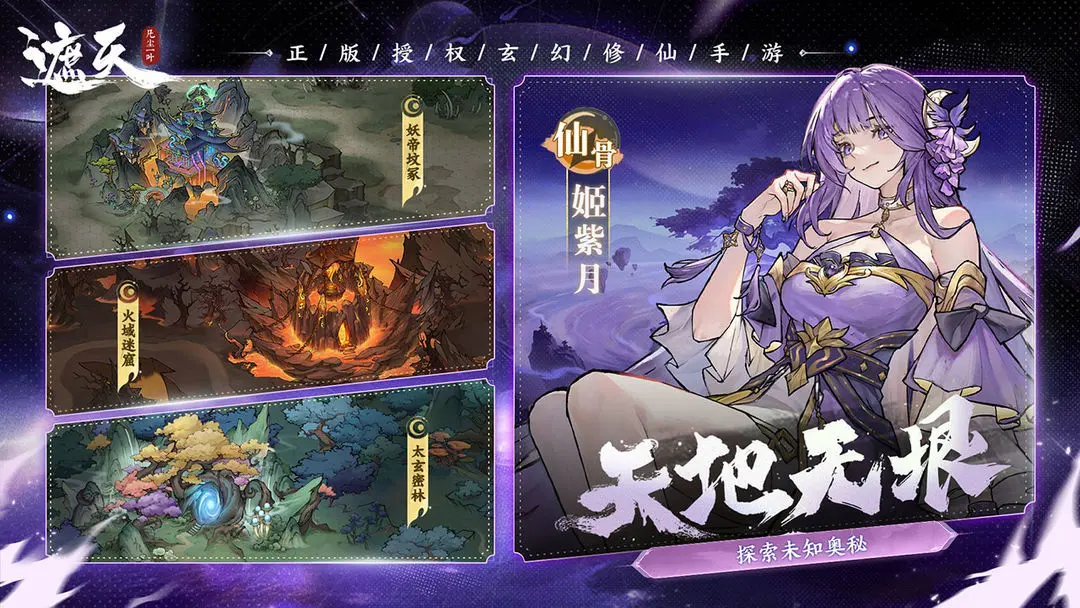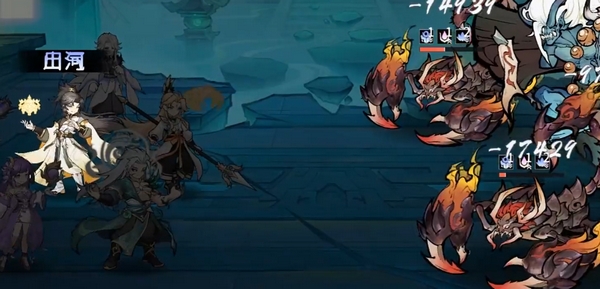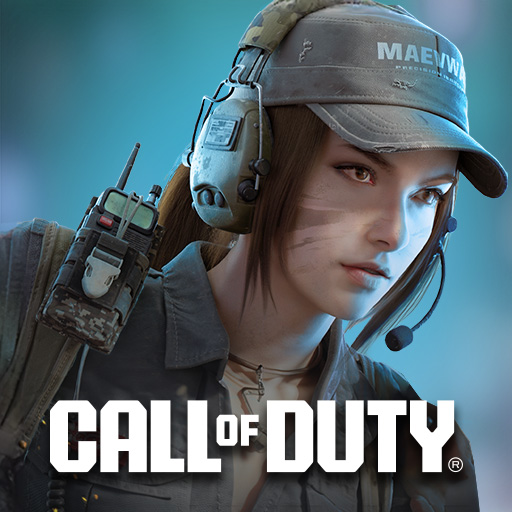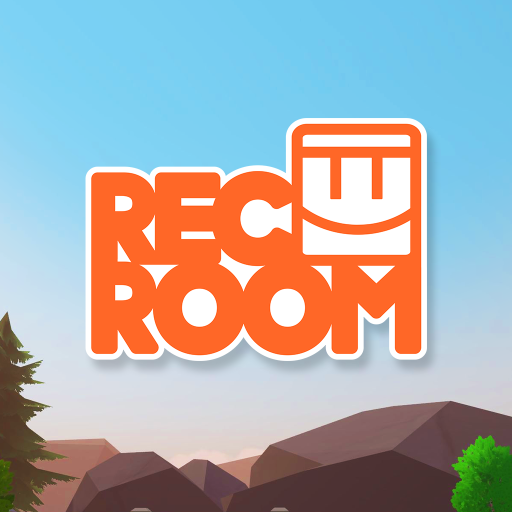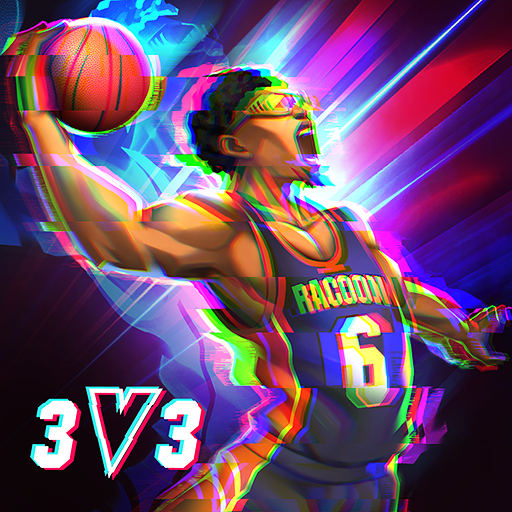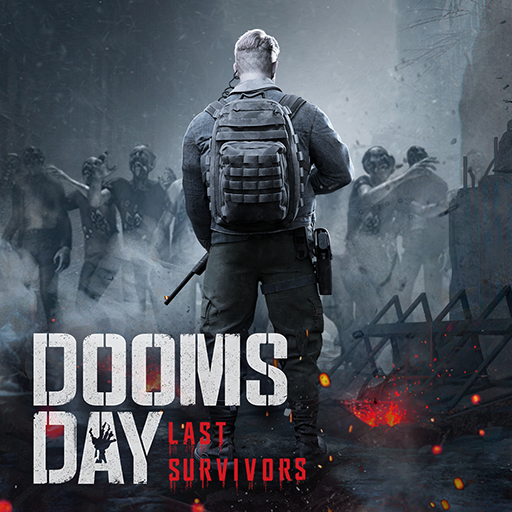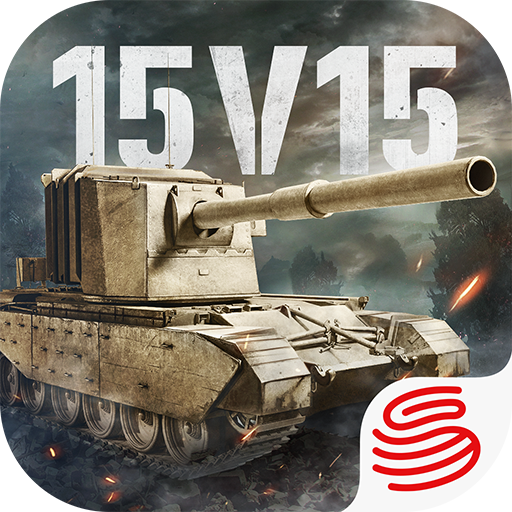In the numerical calculations of game character attributes, there is a general formula to accurately determine the total panel value, and if you want to understand these, you must be familiar with the core development strategy of the Misty World. The formula is: Total Panel = Base Value + Fixed Core Value, then multiplied by 1 + Special Weapon Percentage + Percentage Core Value. Here, the base value is composed of the level panel and the favor value, which is different from what is commonly referred to as the white text.
In fact, the white text in the game only represents the panel value, while the favor value is added to the blue text part. However, since the fixed core value and the base value are in the same multiplication zone, they are not often separated in actual discussions. Due to the relatively small favor value, for simplification, the white text can usually be approximated as the base value. It's worth noting that the fixed core value and the percentage core value are in different multiplication zones, which makes it optimal in most cases to combine a percentage core with a fixed core.

Especially when stacking attack power, this combination is usually the best choice. In PVE, output characters should prioritize increasing attack power without overly considering the core attributes of critical hit rate and critical damage. However, in PVP, the output position can carry some critical hit rate cores as appropriate, based on the actual situation, to ensure a sufficient critical hit chance, and then focus on increasing attack power. For support characters with healing abilities, they should choose suitable cores according to their need for damage resistance and healing, such as fixed health, critical hits, critical damage, or armor-related cores.
It is generally not recommended to specifically develop the cores of support characters, as the improvement is limited and the cost is high. Pure support characters can choose fixed health and armor-related cores. In situations where a particular character needs to be significantly strengthened, if the goal is to purely stack health, the optimal choice will vary depending on the base health. Similarly, when mixing health and armor, there will also be different selection strategies. For offensive characters, if three pieces of equipment add 30% attack, then the threshold for the attack core should be 1950. For life-based characters, if three pieces of equipment add 30% health, then the health threshold should be 6500.
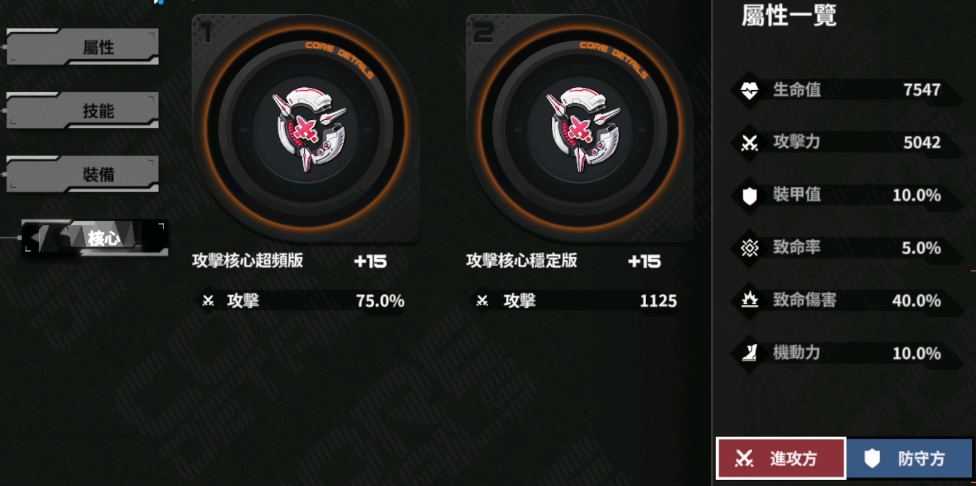
The speculated legendary core attributes may include an increase in attack power of +1125 or +75%, an increase in critical hit rate of +30%, an increase in critical damage of +80%, an increase in armor of +20%, and an increase in health of +75% or +3750. The sub-attributes of dual-stat cores are typically 60% of single-stat attributes. Currently, no dual-stat cores with the same attribute, such as both fixed attack and percentage attack, have been found. The quality of the core is also an important consideration. Starting from five-star cores, when a core is reinforced to +15, which is the maximum level, it can undergo a quality advancement, thereby upgrading to a six-star core.
However, this process is not recommended because after a quality advancement, the development progress will be reset, and the attributes of a six-star core are not necessarily better than those of a five-star core. Therefore, it is not advisable to perform a quality advancement before having enough resources to at least reinforce the next quality core to +10. Additionally, due to the large number of materials required for core upgrades, it is also not recommended to over-reinforce five-star cores. Core reinforcement is an important and complex system in the game, involving not only the enhancement of character attributes but also the rational allocation and utilization of resources.
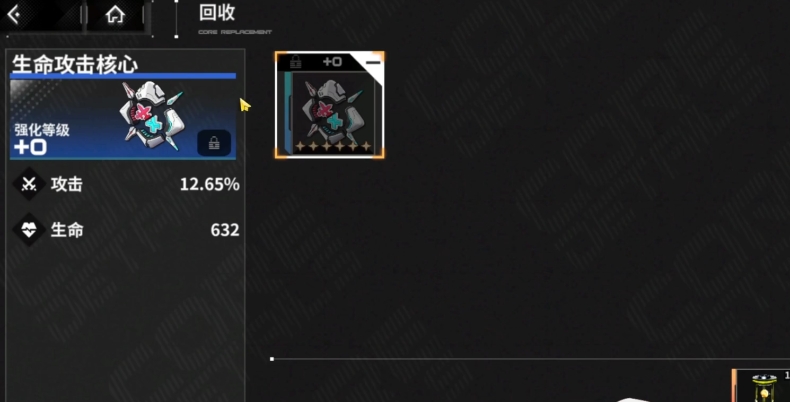
It is suggested to start developing from six-star purple quality cores, as higher-star cores provide more efficient experience points. Different star levels of cores provide different amounts of experience. A three-star core provides 500 experience, a four-star core provides 1500 experience, a five-star core jumps to 5000 experience, and a six-star core can provide up to 15000 experience. When a core is decomposed, players can receive shield coins as compensation, and the number of shield coins is directly related to the quality of the core.
During the core reinforcement process, players have the opportunity to encounter big success or super success, which provide 1.5 times and 2 times experience bonuses, respectively, thus accelerating the core upgrade process. However, the amount of experience required to reinforce a core to the maximum level of +15 is enormous. Core development is another key feature, which unlocks after the core reaches level +15. The development progress has a chance to naturally increase during core reinforcement, but players can also actively increase this progress by using specific materials.
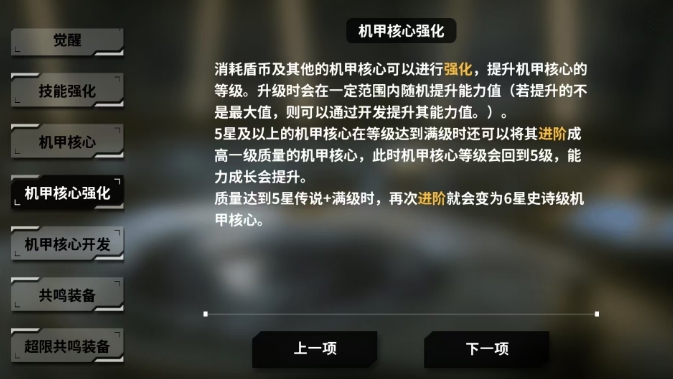
The result of development is divided into failure and success. Upon success, the progress bar will increase by 1% to 4%. The main materials needed are obtained by decomposing six-star cores. Decomposing fine-quality cores yields 1 material, epic-quality cores yield 2 materials, and legendary-quality cores yield 3 materials. Decomposing lower-star cores only yields shield coins and does not provide the materials needed for development. Therefore, unless the player already has a large number of six-star legendary+ quality cores, it is not recommended to attempt core development easily.

In the core development strategy of the Misty World, note that when a previously reinforced core is used as an experience source for other cores, there will be an experience loss, which can be as high as 70%. This means that only about 30% of the experience value can be effectively utilized. The experience provided by the fed core equals its base experience plus 30% of the current experience bar length.
